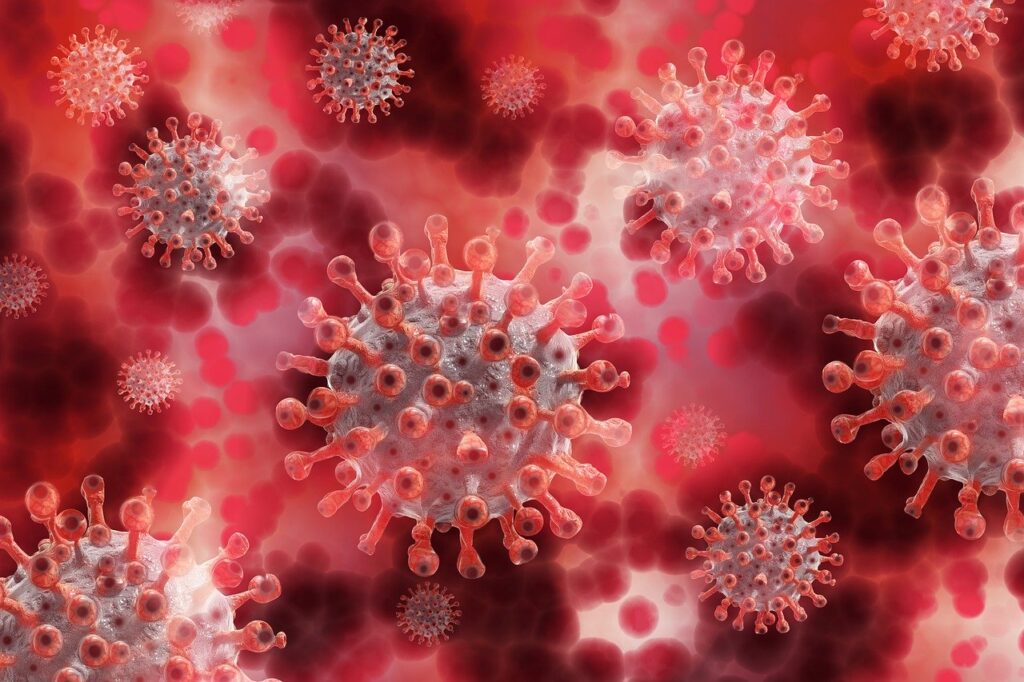While COVID-19 continues to spread globally, and nations are undertaking a wide range of mitigation techniques from outright elimination to wishful thinking for the virus to disappear, most scientists and public health officials agree that the development of vaccines is the most desirable way to end the pandemic. Unsurprisingly, government officials, business leaders, and a range of individuals claiming to be in the know are continually making predictions on how rapidly one will be discovered. One underlying theme is that there is a sense of absolute certainty that a vaccine will be created and it will be effective. This begs the question, why such faith? While vaccines have been one of the most powerful forces for the health of the human species, there are a myriad of viruses for which we have no effective vaccine or sub-optimal vaccines. In order to properly make risk evaluations for economic activity, the possibility of no vaccine or one that is not available for 10 – 20 years must be considered. If one takes the extreme view that a vaccine will never be available, then public health responses and reopening strategies should be built around managing case loads until heard immunity (if possible) emerges. Should a vaccine be likely in the next 2 years then it would make sense to absorb short-term economic pain through managed closures to minimize cases while the vaccine is created. Here I will try to provide the reader with a basic understanding of the science that underlies the difficulties in creating a vaccine or even a complete failure to do so and what each issue may mean for the current COVID 19 vaccine efforts.
Broadly speaking there are three main complications in vaccine discovery: viral mutation, the viral life-cycle, and complexities of the human immune system. All vaccines in some way rely on exposing humans to the virus or some component of the virus so as to induce a specific immune response against the virus. This can be done in many ways including exposure to a weakened virus, an inactivated virus, a piece (protein or nucleic acid) of the virus, etc. If the virus adapts via changes to its DNA or RNA (mutates) it may gain the ability to hide from the immune system. If the virus is able to go dormant, or hide within cells for an extended period of time during its life-cycle, it may be able to wait out the vaccine induced response. Finally, if the immune response is inappropriate or insufficient due to immune system complexity, then a vaccine may become obsolete, ineffective, or actively harmful.
Viral Mutation
Influenza vaccines give a perfect example of obsolescence due to mutation. Doctors make the recommendation every year for individuals to receive a “flu shot”. The reason for this is that the influenza vaccine is different every year because the influenza virus itself has changed every year. The immune responses caused by the vaccine that protect you from the virus are highly specific. You can imagine the virus itself being a door with a lock and your immune system as the key. Every year the door lock changes and therefor the key needs to as well. The more often the lock changes, the more often it is necessary to make a new key. Fortunately, with influenza we have an ability to make a prediction of what the new virus will look like annually and can make a new vaccine accordingly. These predictions are not always accurate, however, leading to variations in how effective the vaccine is each year.
Another virus that has a high mutation rate is HIV and this has contributed to our failure to create a vaccine. Estimates of HIV mutation rates indicate that it mutates as much in a single day as influenza does in an entire year. If viruses can evolve to get past vaccines, then how can we ever have any long-term treatment against them? Fortunately, some parts of the virus are absolutely essential for its ability to infect cells and copy itself. Mutations that effect these components would make the virus inactive, and therefore we rarely see changes here. These stable parts of the virus make for good targets of vaccines. This strategy underlies efforts to find a universal influenza vaccine, which so far, has yet to be discovered.
What it means for Covid 19: Current data shows that the virus that causes COVID-19 has a fairly stable genome. The hope is that should a vaccine be created, the target of the immune response will not change keeping the vaccine useful for many years. Just because the mutation rate is slow, does not meant that such a mutation is impossible though.
Viral Life-cycle
Viruses have a wide range of techniques to ensure their propagation and spread from host to host. To do so, they must avoid an array of immune responses that have evolved to stop them. Some viruses simply replicate as fast as they can to spread to another host rapidly before an immune response can be mounted. We see this in Rhinoviruses (those that often cause the common cold) and Influenza. While the body develops its specific immune response to the virus, the infected person has likely already coughed and sneezed it the next person.
Some viruses mutate rapidly as was previously discussed, some spend extended periods of time “hiding” in cells waiting for an opportune moment to become active, while others actively attack the cells that have been sent to attack them. Here we can again look to HIV as an example. We know HIV mutates rapidly, but it also attacks the T-cells of the immune system (essential cells needed to control viral infection) and it is capable of hiding out in cells for years. This means that HIV can attack the cells that a potential vaccine would send against it and it can hide out inside of cells until such a time as the vaccine induced response has decreased or even gone away completely. Herpes viruses are another example of a whole family of viruses that are capable of hiding to evade the immune response and as such we do not have a vaccine for them.
What it means for COVID-19: Current data indicate that COVID-19 is not an overly tricky virus in regards to evading the immune system. It infects and spreads to the next person fairly quickly, but is eventually wiped out by the immune response in a given person. Unfortunately, many people don’t know they are infected or simply don’t show symptoms for a period of time that allows the virus to spread. Vaccinating people should be an effective strategy for controlling the pandemic, baring a mutation that significantly changes the life-cycle of the virus.
Immune System Complexity
The immune system is incredibly complex and a focus of a great deal of scientific research. Fundamentally, vaccines are an intentional harnessing of this system to protect people from diseases. As there is still much about the immune response that we are still learning, not all of our vaccine efforts are successful, and in some cases dangerous side effects may result. Of particular concern, to those that create vaccines, is the problem of antibody-dependent enhancement (ADE). This is a situation in which repeated exposer to a virus either naturally or after vaccination results in severe illness that can be deadly. This is an issue for some diseases for which we have vaccines (yellow fever, dengue fever) and others for which we do not (Zika, SARS). A hindrance to vaccine development is that it can be difficult to predict beforehand whether a vaccine against a specific virus will cause ADE. ADE can be discovered during the clinical trial phases of vaccine research, and must be accounted for when pushing vaccine candidates through the development pipeline. Significant harm can result from insufficiently tested vaccines should they be made widely available.
Aside from ADE some vaccines simply are not completely effective. They do not induce strong immune responses or only induce transient responses. That is not to say such vaccines are useless, but they require multiple dosing, high vaccine doses, or further refinement / improvement by adding enhancers (adjuvants) to increase their effectiveness. We see these issues with the vaccines for Hepatitis A and Hepatitis B. While the vaccines exist and have so for many years, the Hep. A vaccine requires multiple doses, Hep. B requires a high dose and scientists continue to try to improve the vaccine with changes to the adjuvants.
What it means for COVID-19: The virus that causes COVID-19 is a close relative of that which caused SARS, a disease that showed the potential for ADE after vaccination. As SARS disappeared, due to the fact that those infected rapidly became ill and were therefore treated/quarantined, vaccine efforts were never completed. While we don’t know if ADE will be a problem with COVID-19 vaccines, the fact that they seemed to occur with SARS vaccine candidates should lead to a cautious approach to development and some skepticism of rapid vaccine development. We also do not know how effective the first vaccines potentially will be. If high doses of the vaccine are needed, there could be risks for people with weakened immune systems. Should adjuvants be needed, it may take many attempts to develop an optimal vaccine formulation. If multiple doses are needed, it will take immense amounts of manufacturing capability to vaccinate the general population. The potential difficulties are numerous.
In summary, there are a variety of ways vaccine discovery can be slowed, lead to failure, or even cause harm outright. While optimism in human ingenuity, the scientific process, and humanities wide range of institutions (governmental, transnational, and industry) to meet the challenge of vaccine development is to be commended, it is necessary to temper that optimism with realistic expectations of the challenges that need to be overcome. If the technology is not currently available, I strongly believe it will eventually be developed. As vaccine research progressing leaders should continually be assessing potential developmental timelines rationally and use those assessments to shape our individual and collective responses to the current Pandemic.

